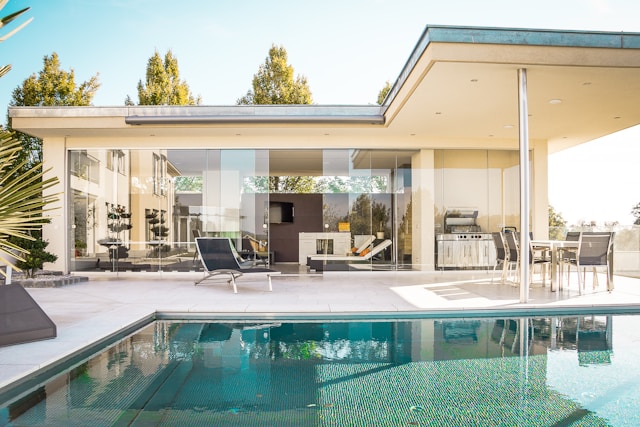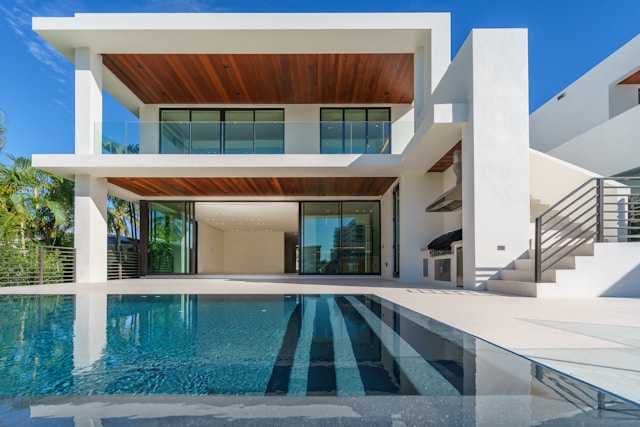Prefabricated homes, or prefab homes, are becoming an increasingly popular option for those seeking affordable, customizable, and sustainable housing solutions. These homes are built off-site in a factory setting and then transported and assembled at their final location. While prefab homes offer many benefits, they also come with their own set of considerations that potential homebuyers should be aware of before making a purchase. If you’re thinking about buying a prefab home, here’s a helpful checklist from Home Services SEO to ensure you’re making an informed decision.
Understand the Types of Prefab Homes
Prefab homes come in different types, each with its own construction process and level of customization. The main types include modular, manufactured, and panelized homes.
- Modular homes are built in sections and assembled on-site. They often have the appearance of traditional homes and are highly customizable.
- Manufactured homes (sometimes called mobile homes) are pre-constructed and typically delivered to the site in one or more sections. They are generally more affordable but may have more limitations in terms of design and size.
- Panelized homes involve prefabricated panels that are assembled on-site. These homes offer flexibility and can be customized but may require more on-site labor for assembly.
Understanding the differences between these types will help you choose the option that best fits your needs and budget.

Check Local Zoning and Building Codes
Before purchasing a prefab home, it’s essential to check local zoning laws and building codes in your area. Some locations may have restrictions on the types of homes allowed or require special permits for prefab construction. You’ll want to make sure that the prefab home you’re considering meets all local regulations, including minimum size requirements, foundation standards, and environmental concerns.
Ensure that the manufacturer or builder you’re working with is familiar with your area’s zoning and permitting process, as this will help ensure a smooth construction and installation process.
Evaluate the Cost of Land and Site Preparation
While prefab homes are often more affordable than traditional homes, you’ll need to account for the cost of land and site preparation. If you don’t already own land, you’ll need to factor this into your overall budget. Depending on the location, land prices can vary significantly. Additionally, the site where your prefab home will be installed may require preparation, such as clearing trees, leveling the ground, or installing utilities like water, electricity, and sewer systems. These costs can add up, so it’s important to get an accurate estimate of all site preparation expenses.
Assess the Quality of Construction
One of the main reasons many people choose prefab homes is because of their efficient construction process, but it’s still crucial to assess the quality of the materials and craftsmanship used. Not all prefab manufacturers are created equal, so do thorough research before committing to a builder. Look for manufacturers with a proven track record of high-quality, durable homes. Ask about the materials used for the walls, flooring, roofing, and insulation.

Consider Customization Options
One of the main benefits of prefab homes is the ability to customize your design. Whether you want an open floor plan, specific finishes, or eco-friendly features, many prefab home builders offer a wide range of design options. When considering a prefab home, make sure to ask about the customization options available, such as layout, interior finishes, and exterior design. If you have specific needs or preferences, such as extra bedrooms, office space, or specialized areas for hobbies, ensure that the builder can accommodate these requests. Keep in mind that more customization may increase the cost, so it’s important to prioritize the features that are most important to you.
Review the Warranty and Maintenance Terms
Like traditional homes, prefab homes come with warranties that cover certain aspects of the construction. It’s important to review the terms of the warranty before making your purchase, as it will outline what’s covered and for how long. For example, some warranties may cover structural issues for a set number of years, while others may cover appliances or roofing. Also, consider the long-term maintenance requirements of your prefab home. While prefab homes are generally low-maintenance, it’s still essential to understand what needs regular upkeep. Ask the manufacturer or builder about the recommended maintenance schedule, including things like inspections, repairs, and cleaning, to ensure the longevity of your home.
In Conclusion
Buying a prefab home can be an exciting and cost-effective way to own a custom-built home. However, it’s important to consider all the factors involved before making your decision. By following this checklist and doing thorough research, you can ensure that you make a well-informed choice that meets your needs, budget, and lifestyle. With the right planning and preparation, your prefab home can be a beautiful, functional, and affordable place to live for years to come.

